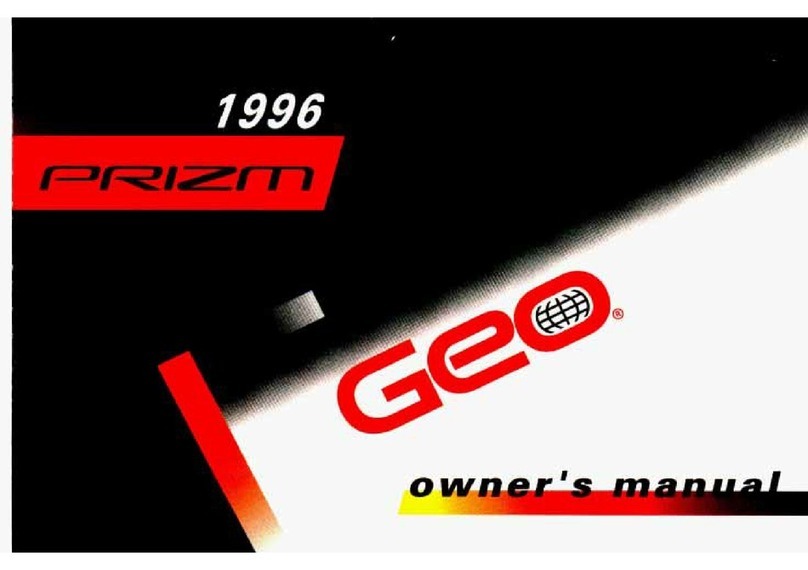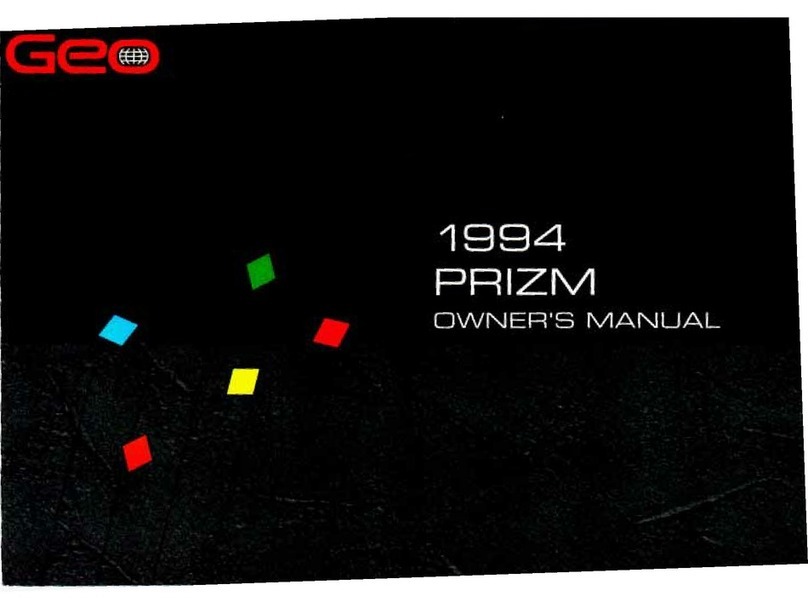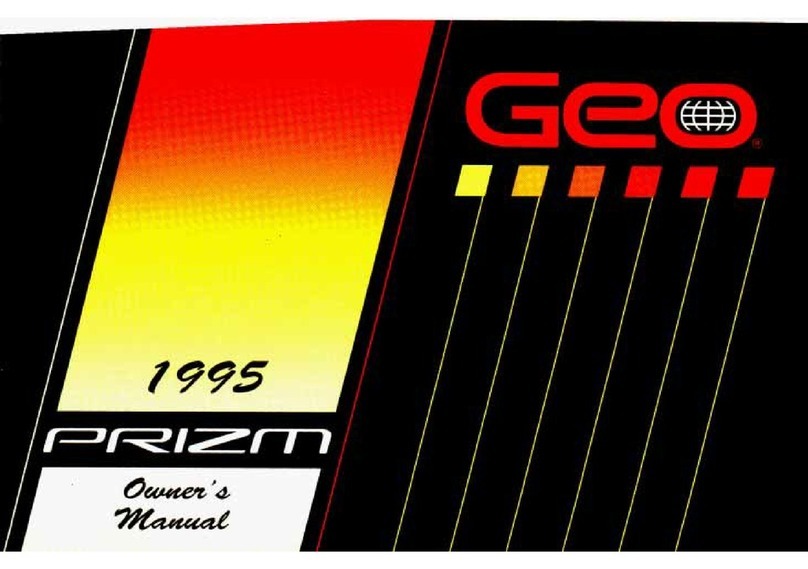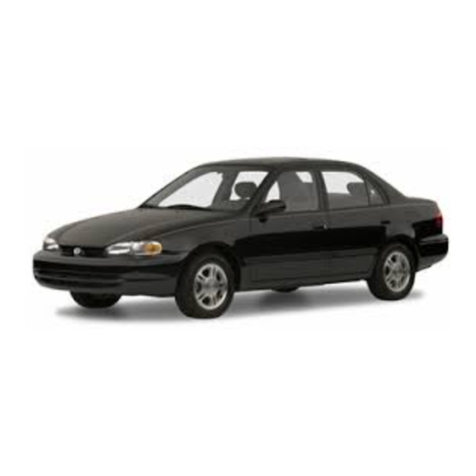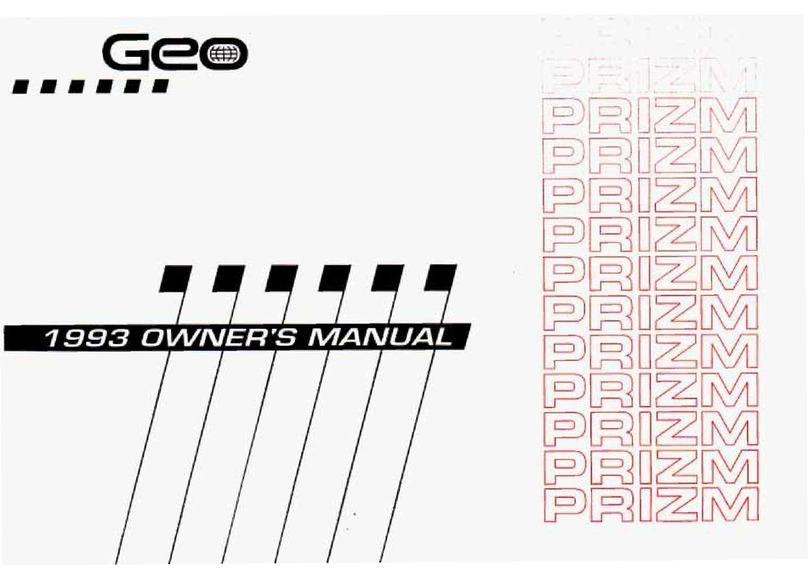I;
1
GENERAL MOTORS,GM,the GM Emblem,
CHEVROLET, the CHEVROLET Emblem, GEO, the
GEO
Emblem and the name PRIZM are registered
trademarksof General Motors Corporation.
Thismanual includes the latest information at the time it
was printed.We reserve the right to make changesin the
product after that time without further notice. For
vehicles first sold inCanada,substitute the name
“General Motorsof CanadaLimited” for Chevrolet/Geo
wheneverit appears in this manual.
Please keep this manual in your Geo,
so it will be there
if
you
ever need it when you’re on the road.If you sell
the vehicle, please leave this manual init
so
the new
owner can use it.
Litho in U.S.A.
Part
No.
10277560
B
First Edition
WE
SUPPORT
VOLUNTARY TECHNICIAN
CERTIFICATION
THROUGH
National
Institute
for
AUTOMOTIVE
SERVICE
EXCELLENCE
We support voluntary
technician certification.
For Canadian Owners
Who
Prefer a
French Language Manual:
Aux
propribtaires canadiens:
Vous pouvez vous
procurer
un
exemplaire dece guide en franCais chez
votre concessionaireou au:
DGN Marketing Services Ltd.
1500 Bonhill Rd.
Mississauga, OntarioL5T IC7
@CopyrightGeneral Motors Corporation 1996
All Rights Reserved
ii
